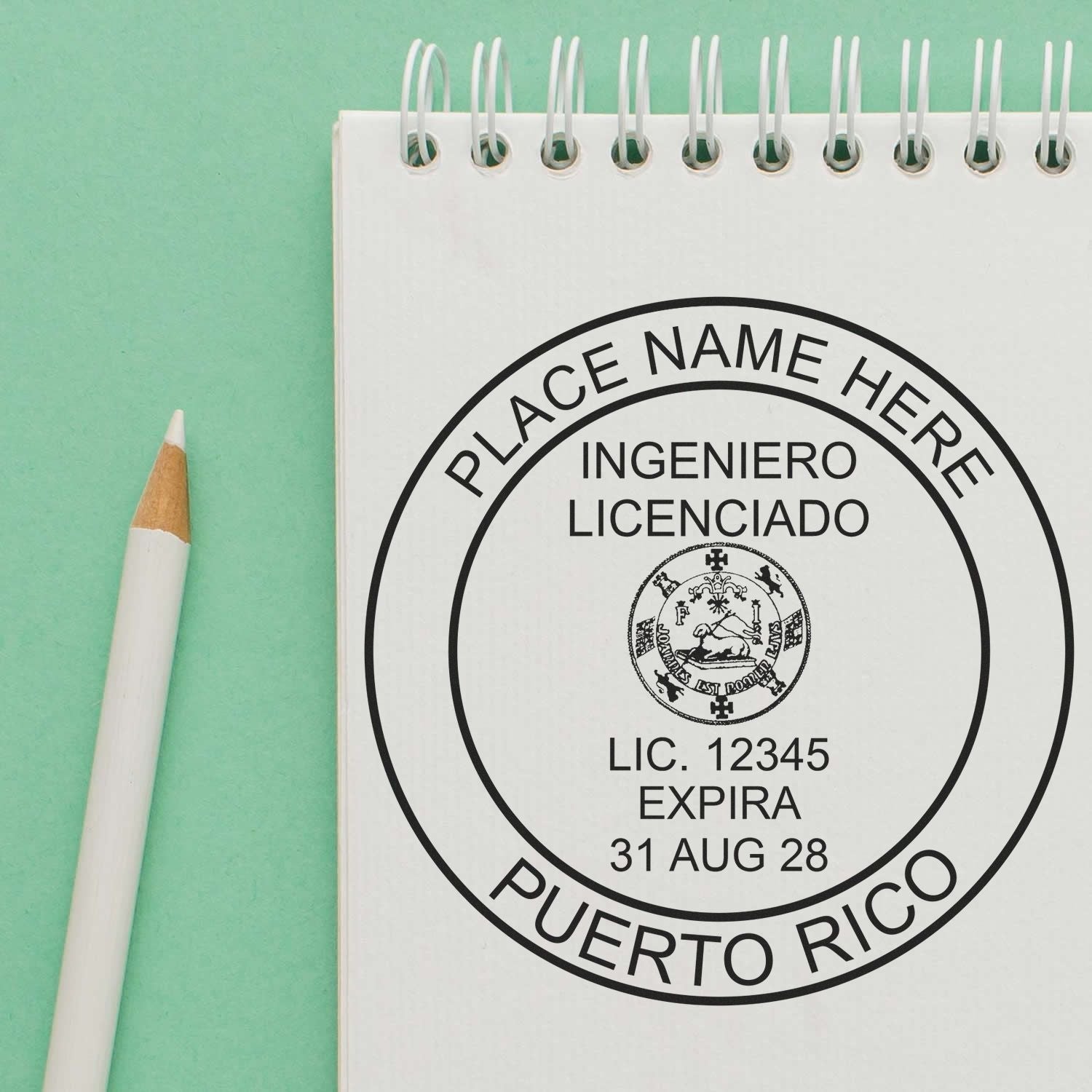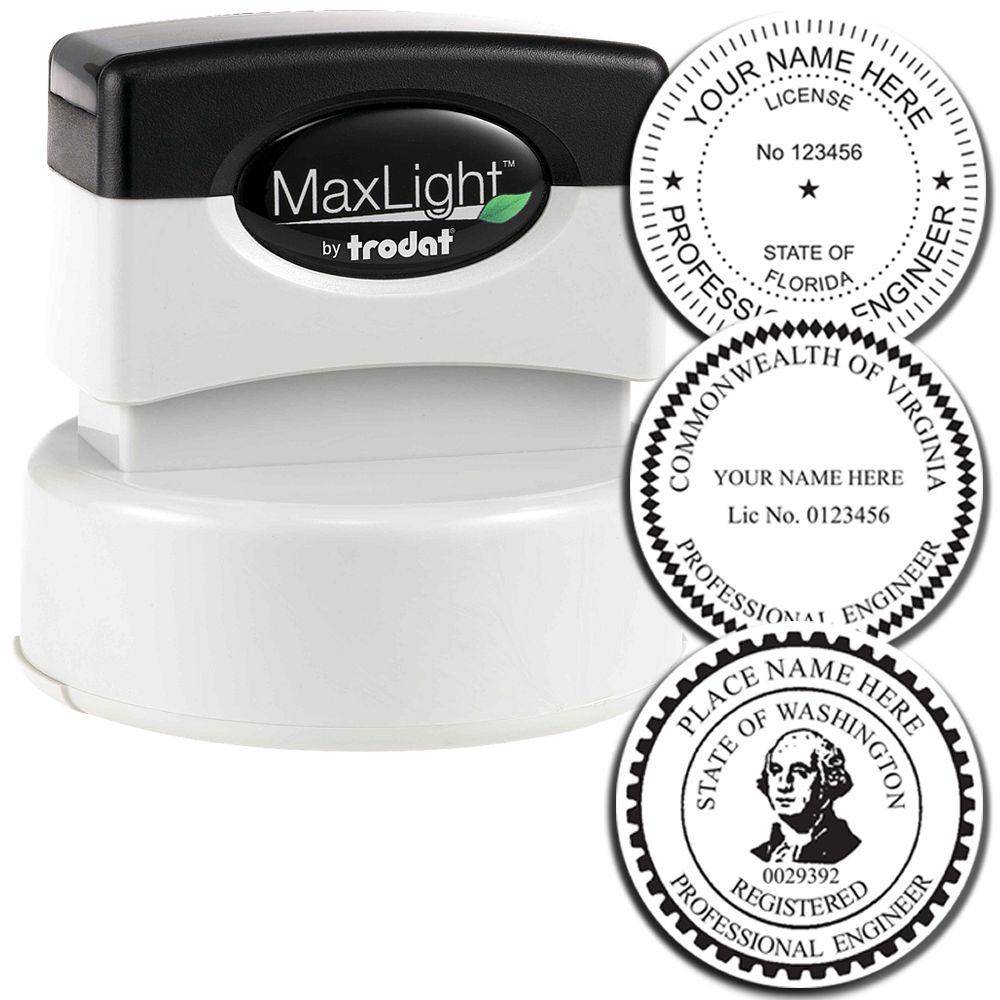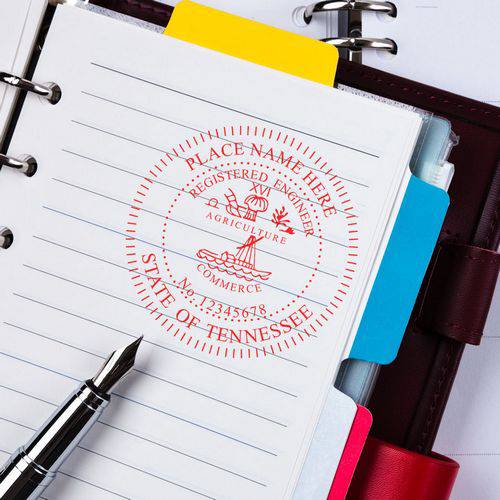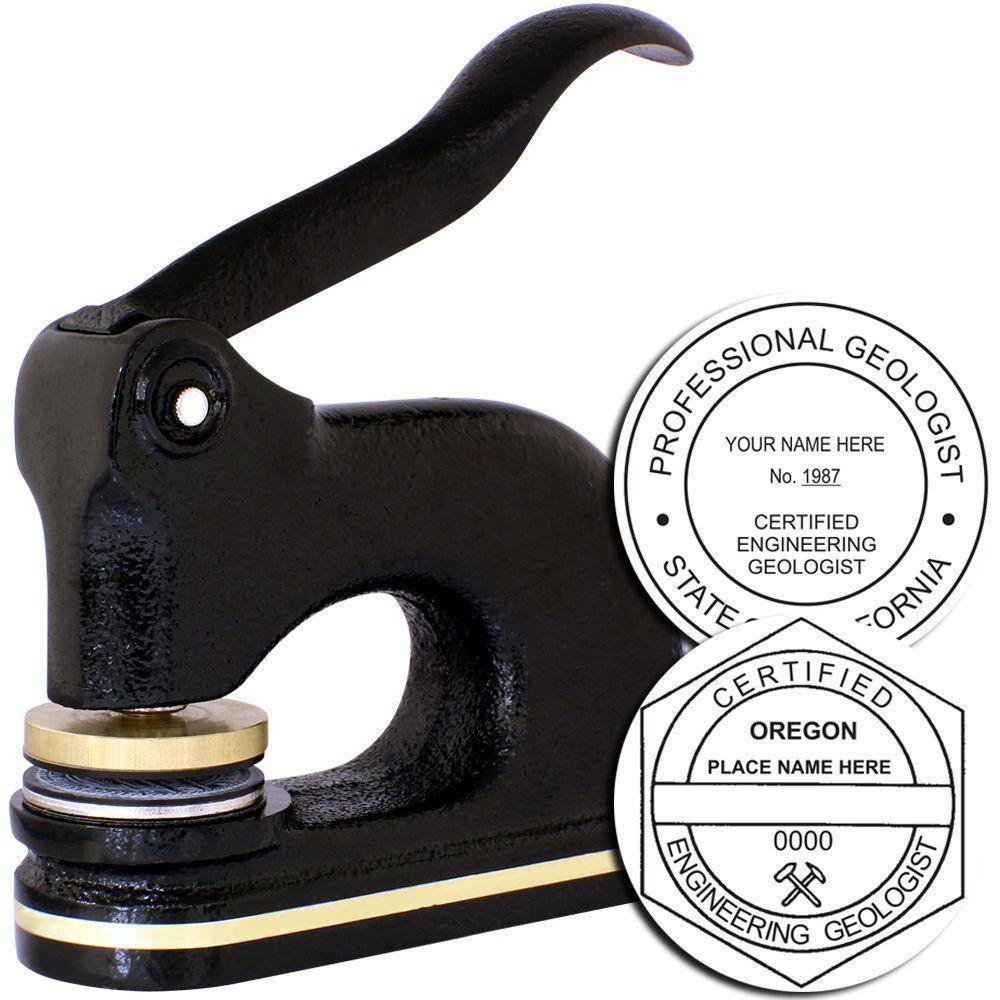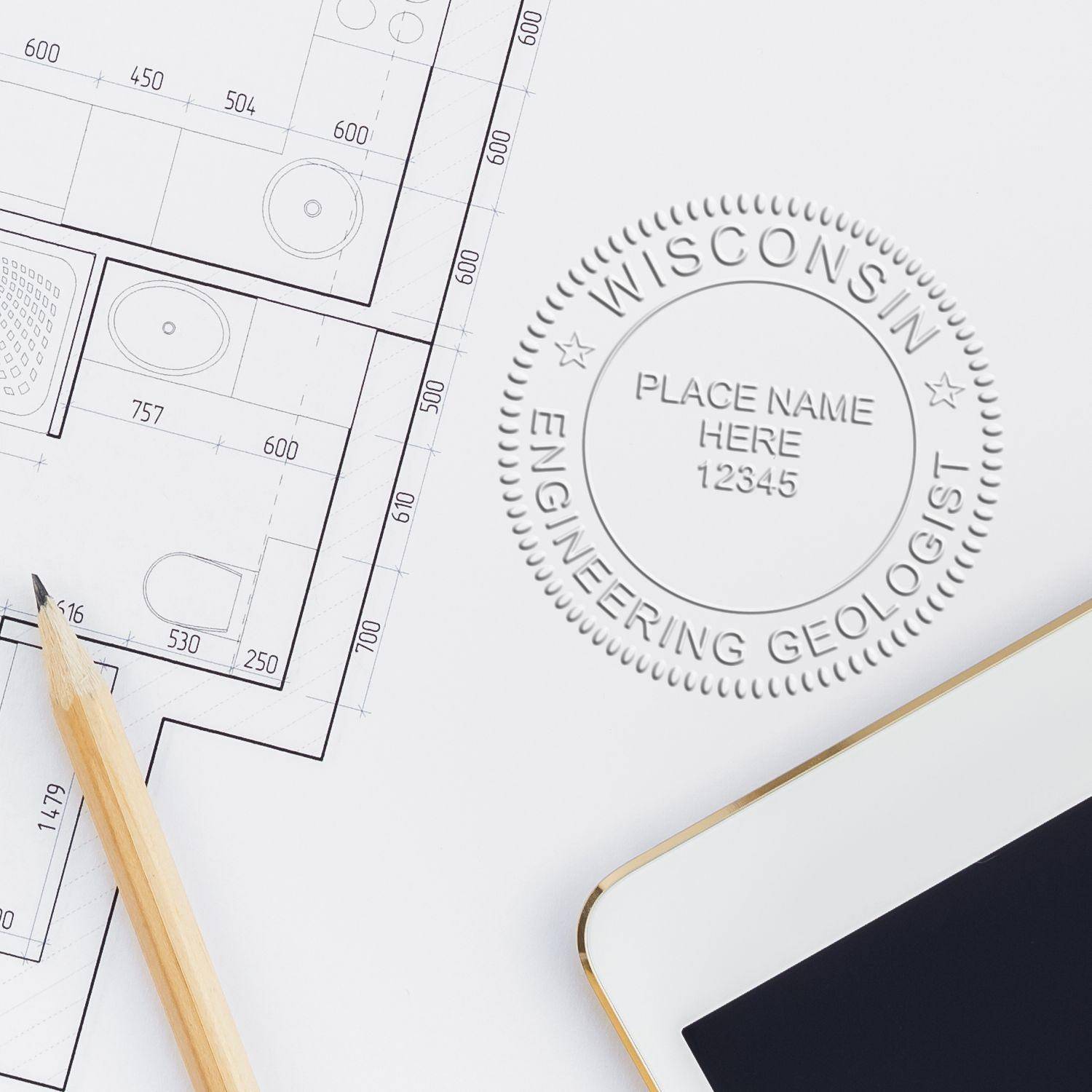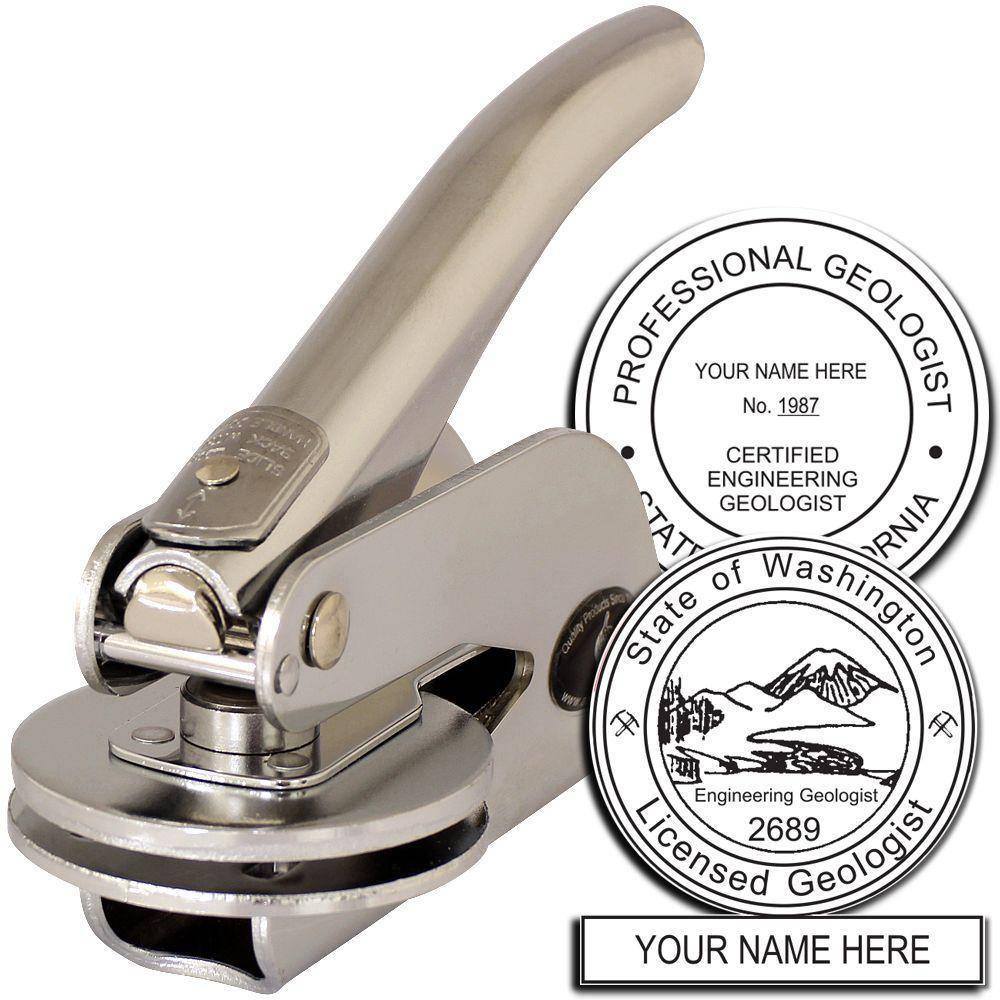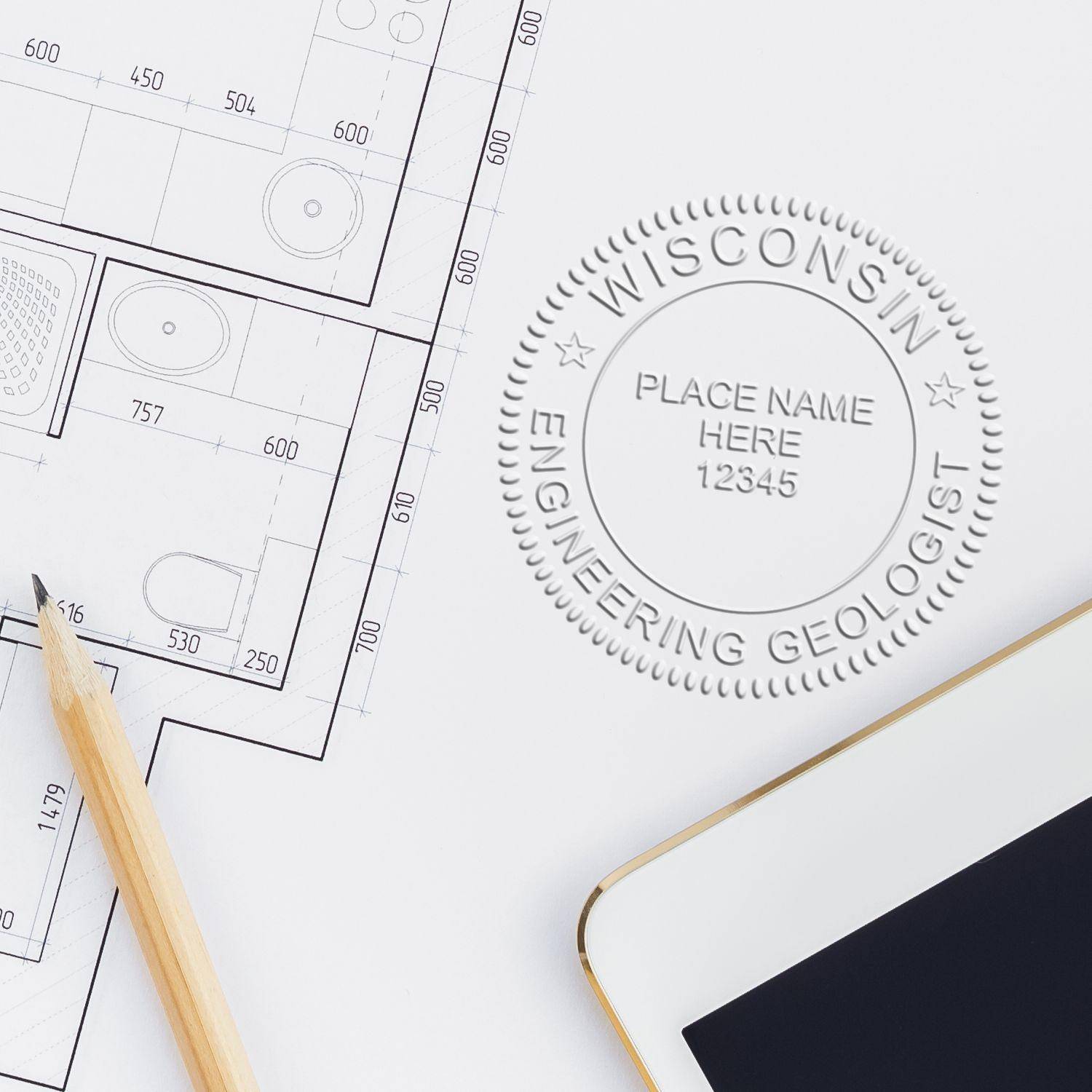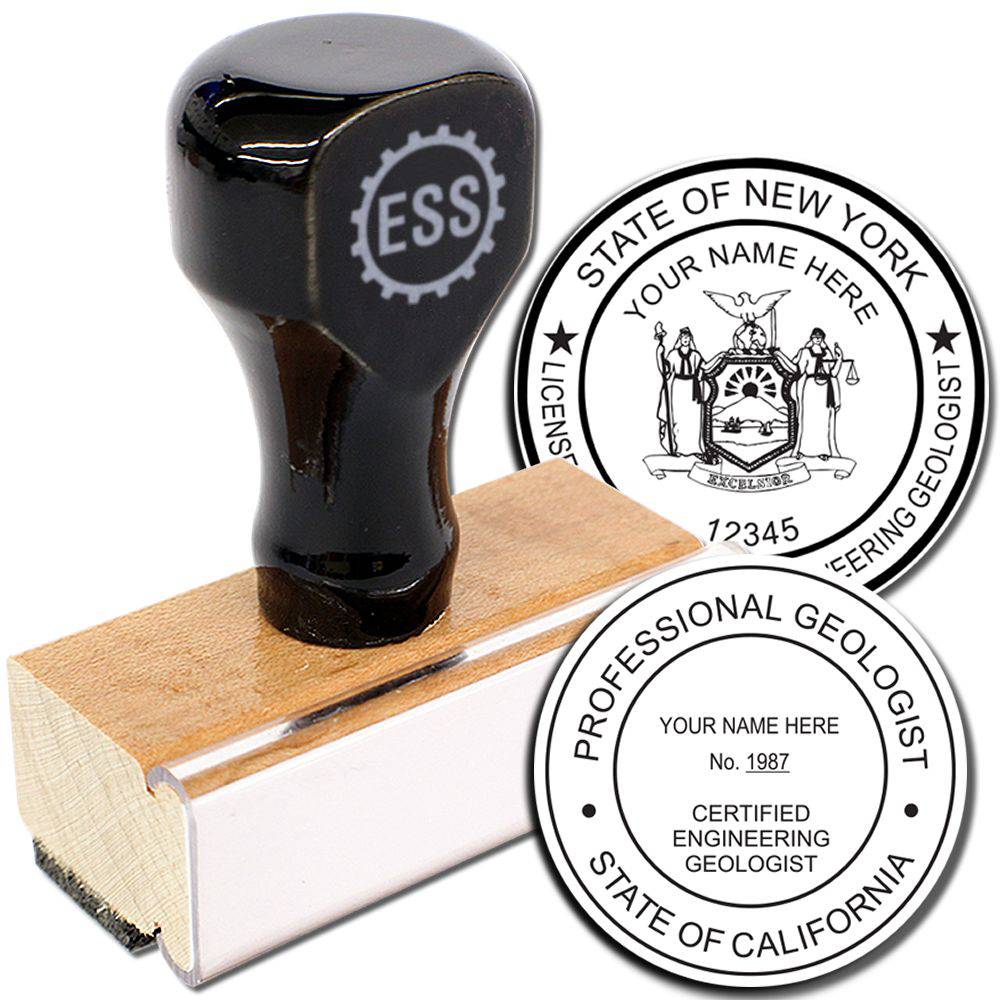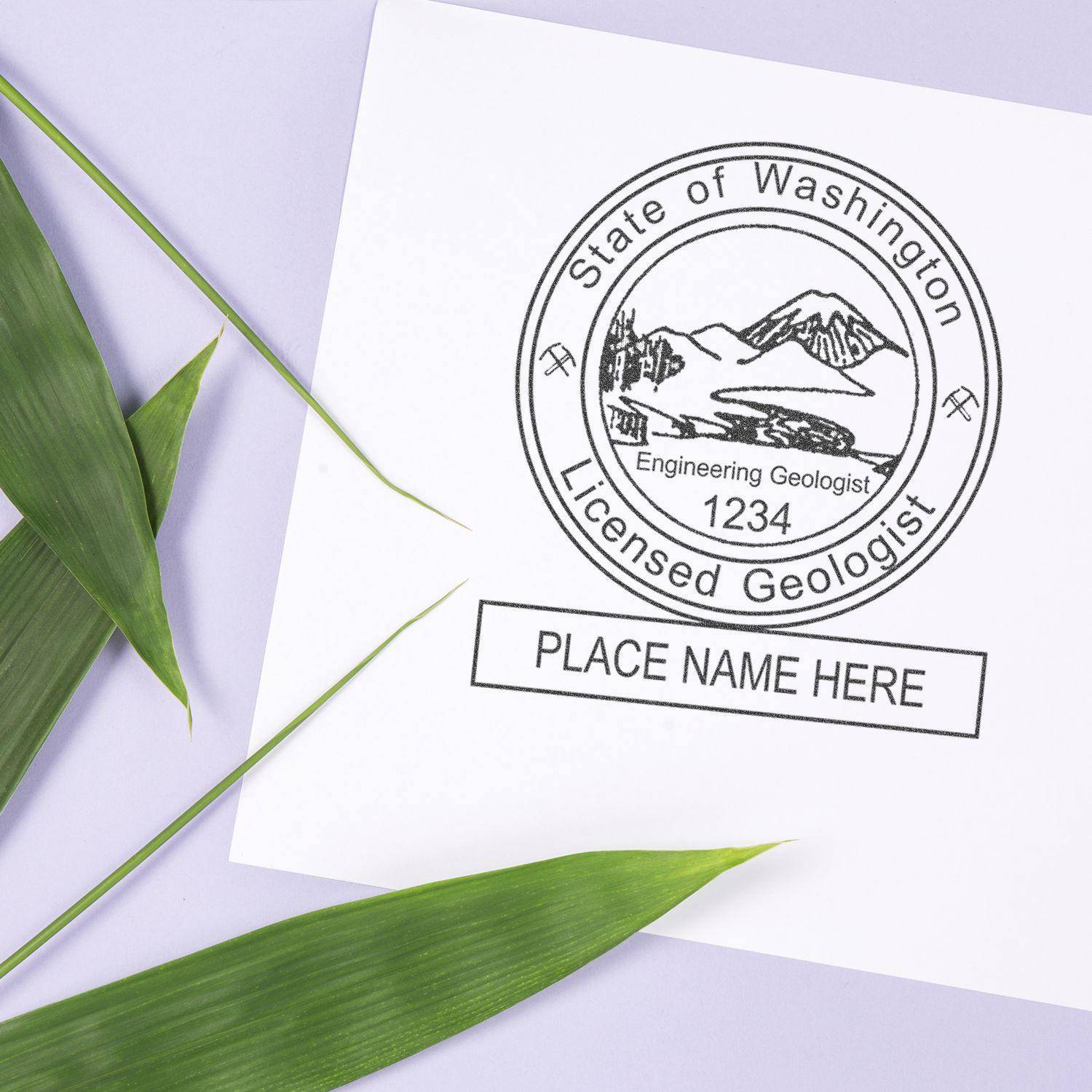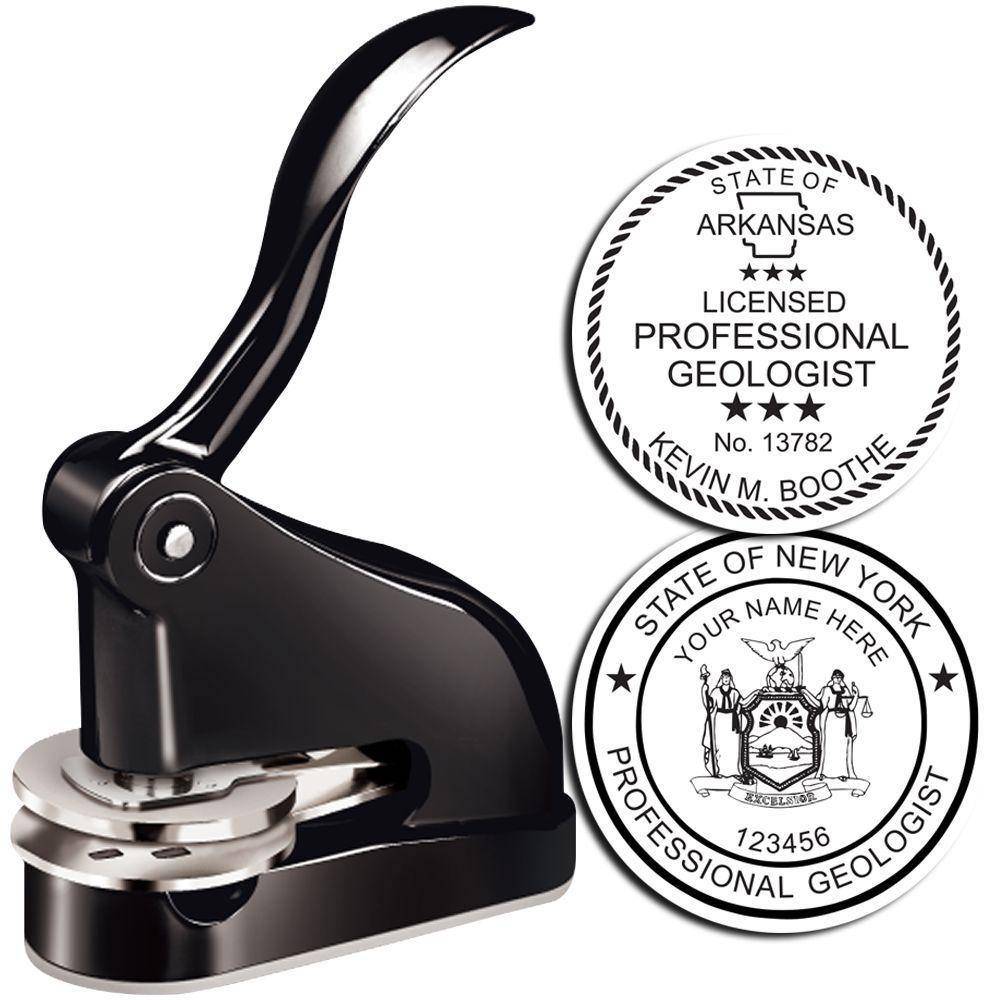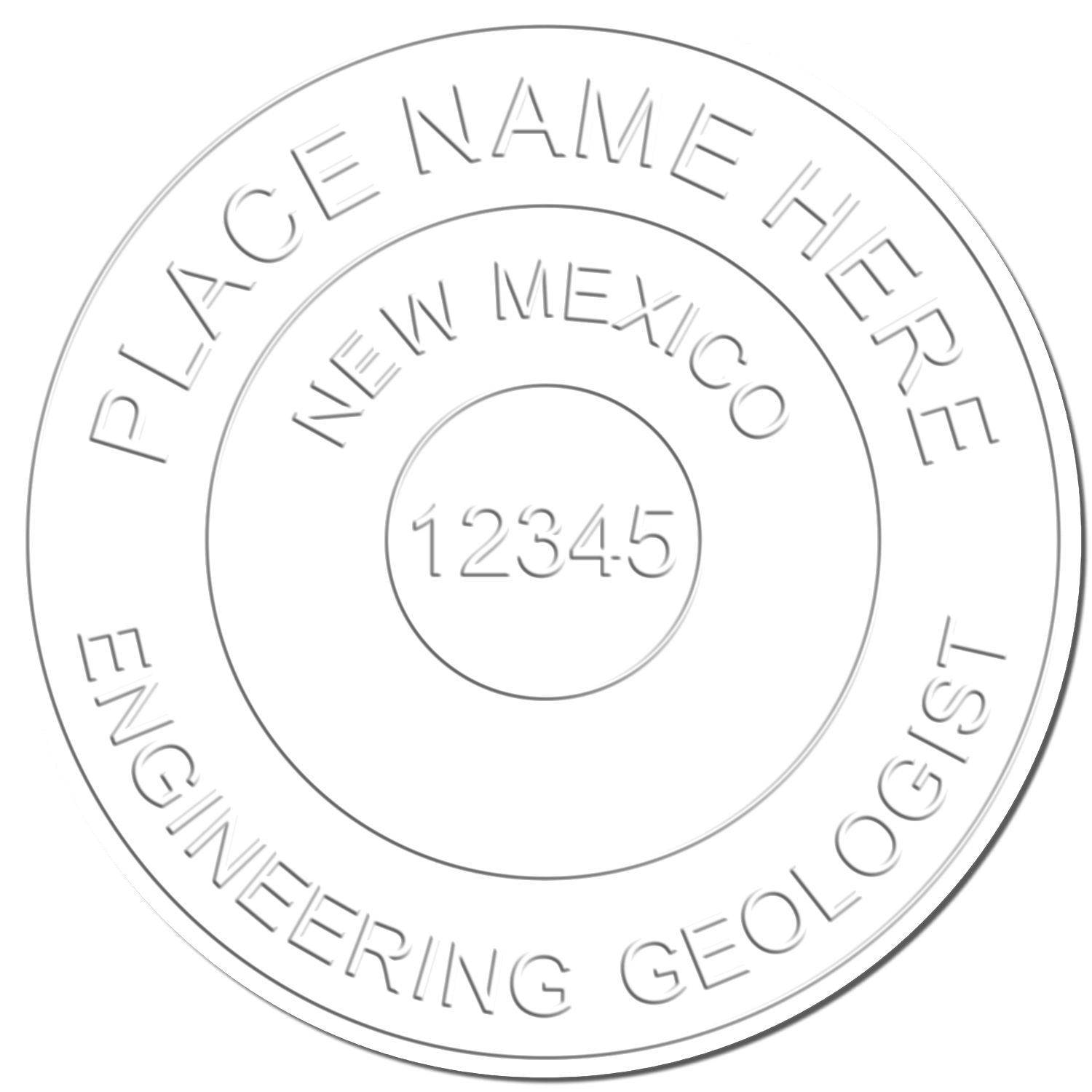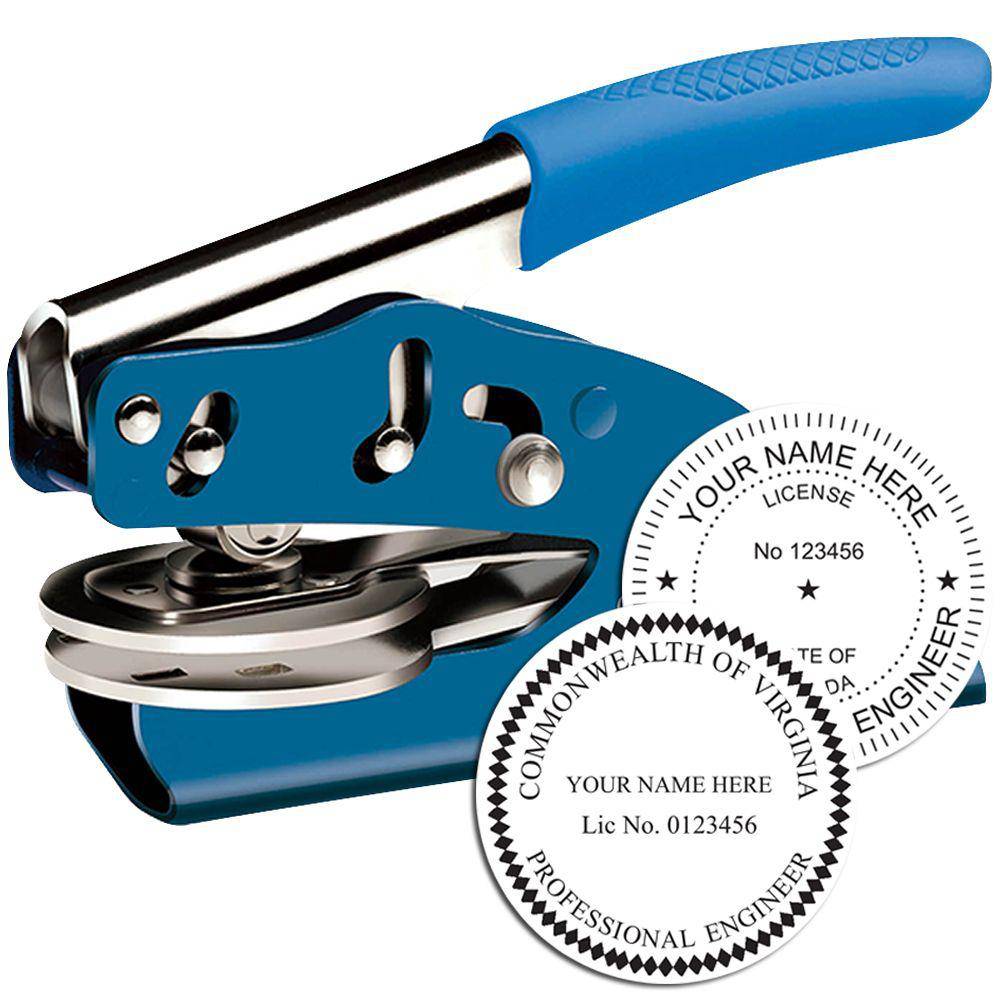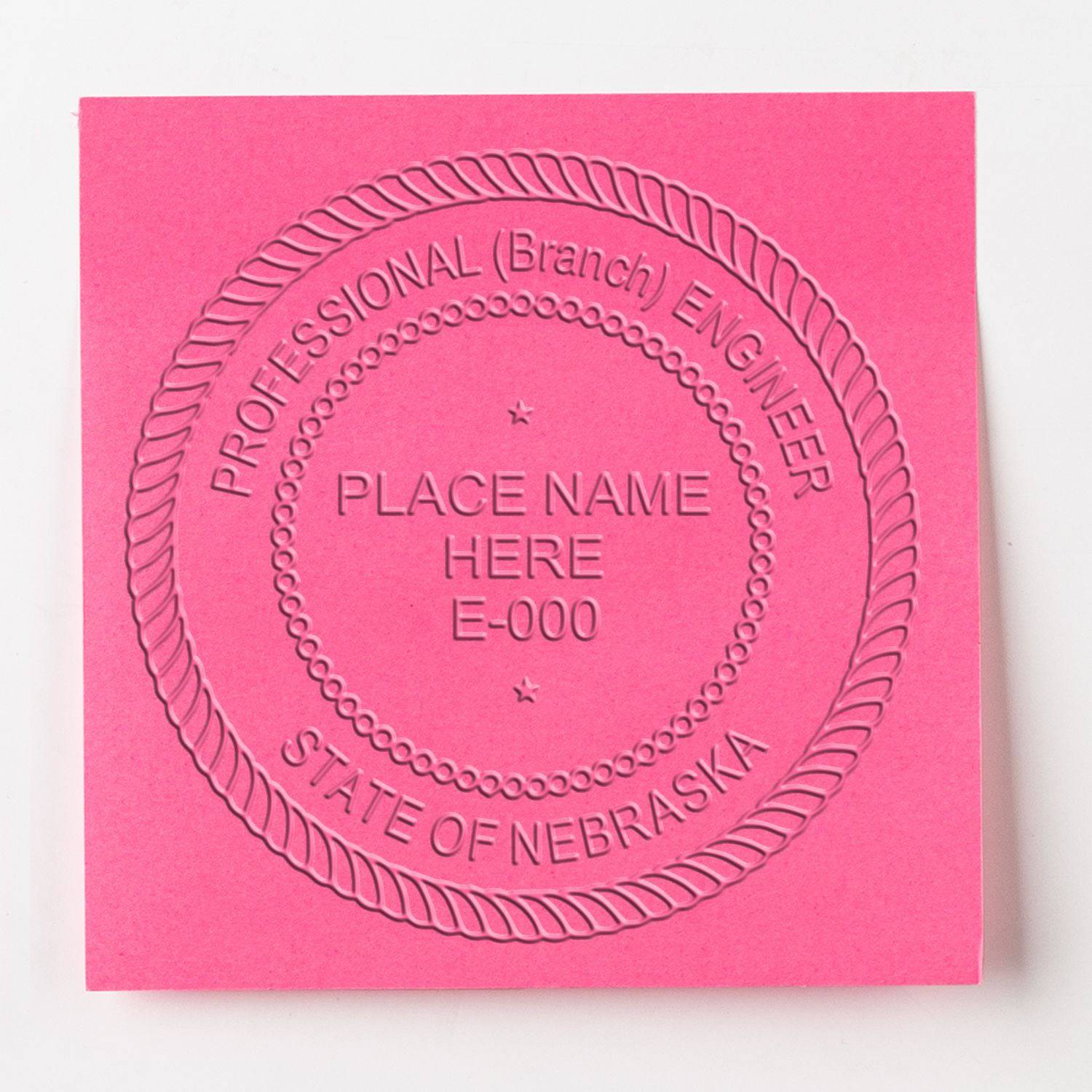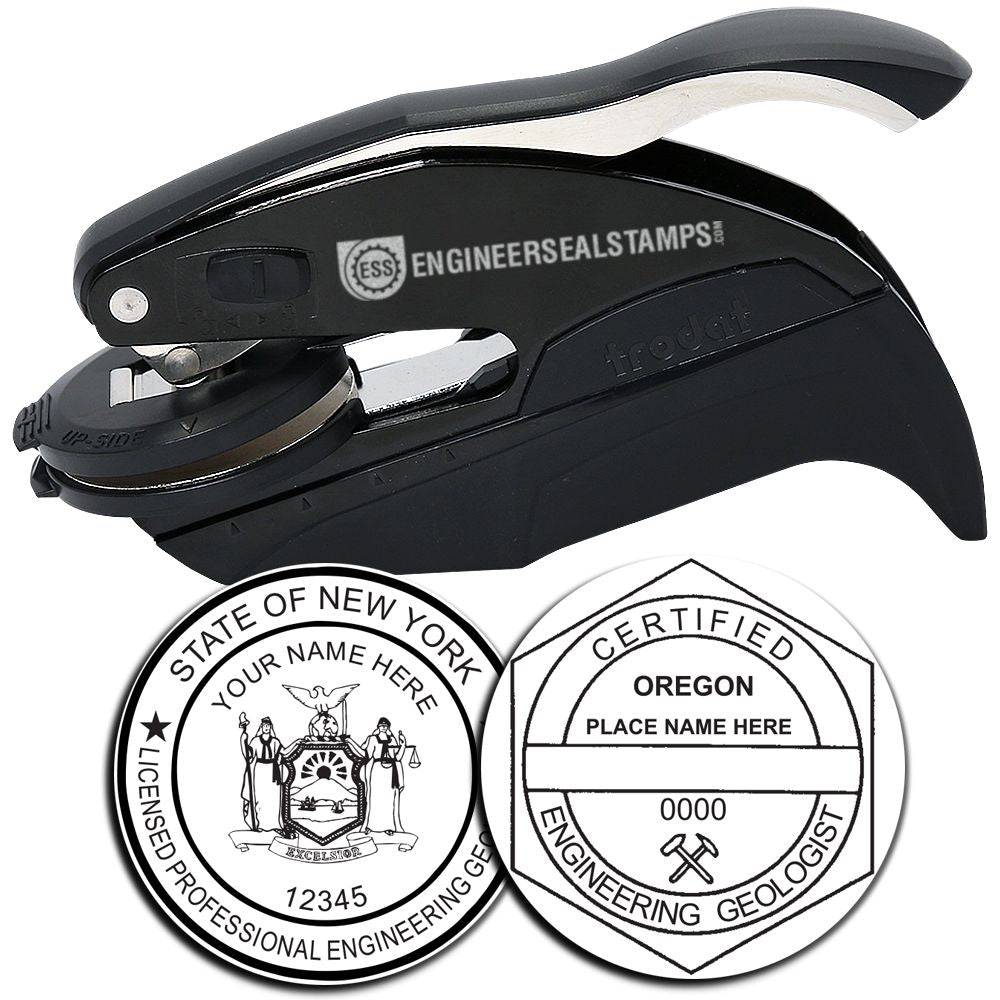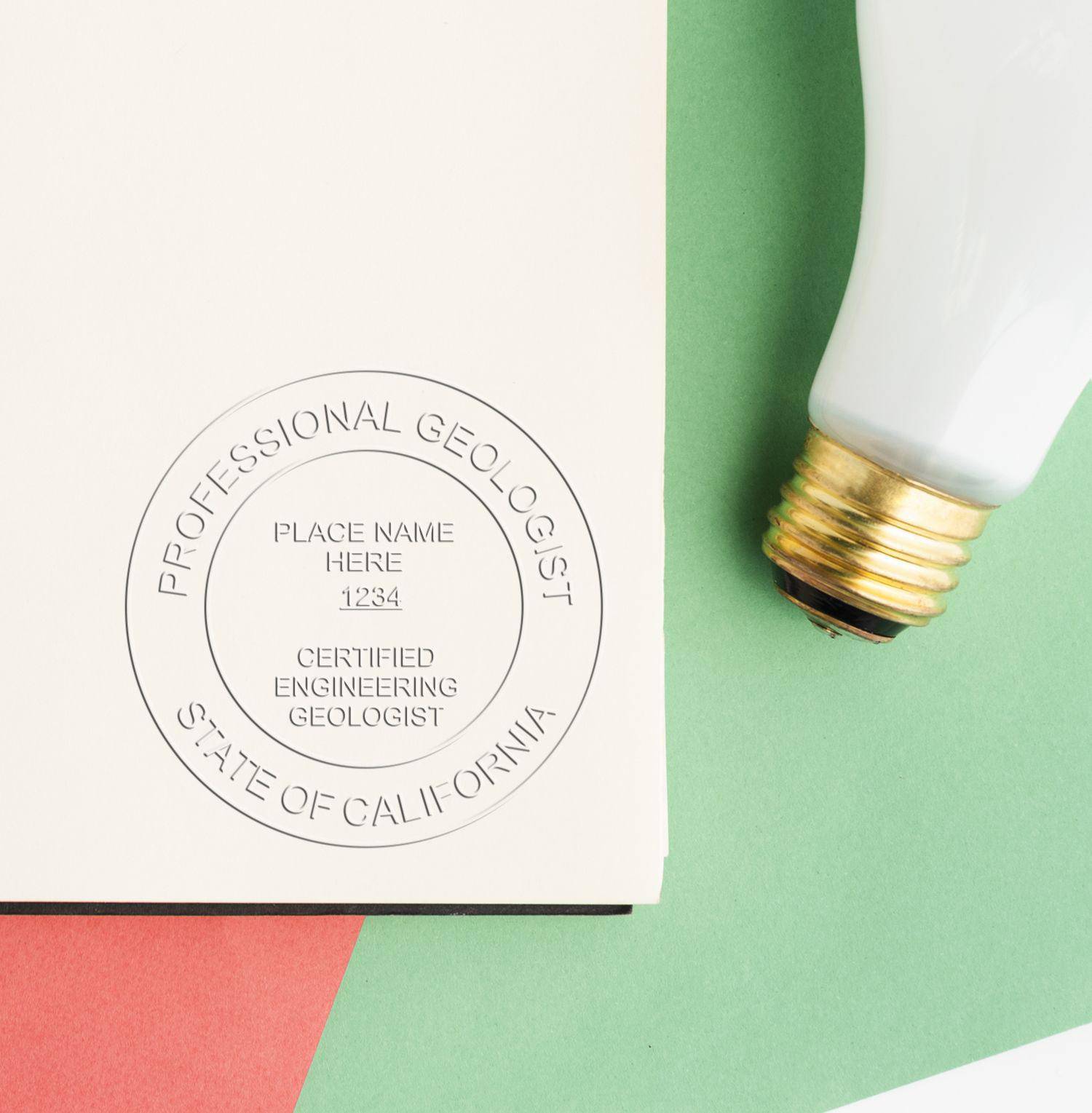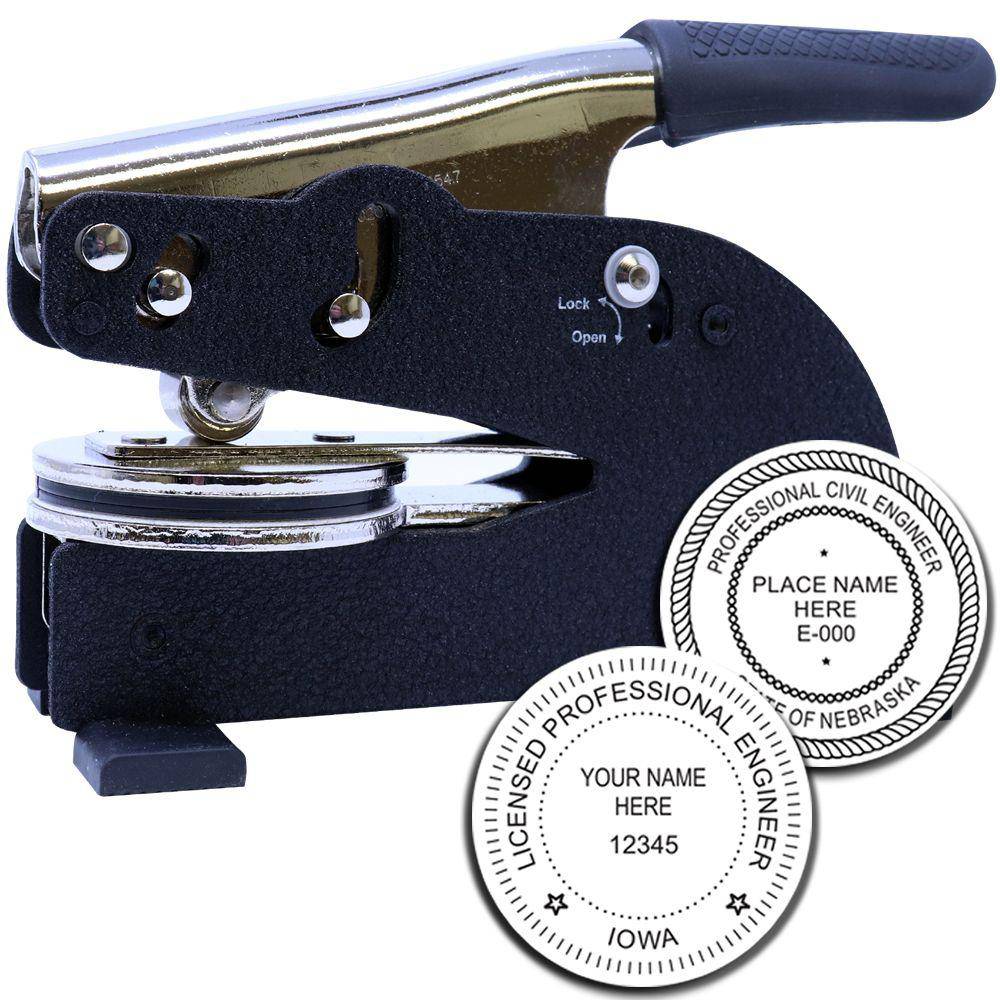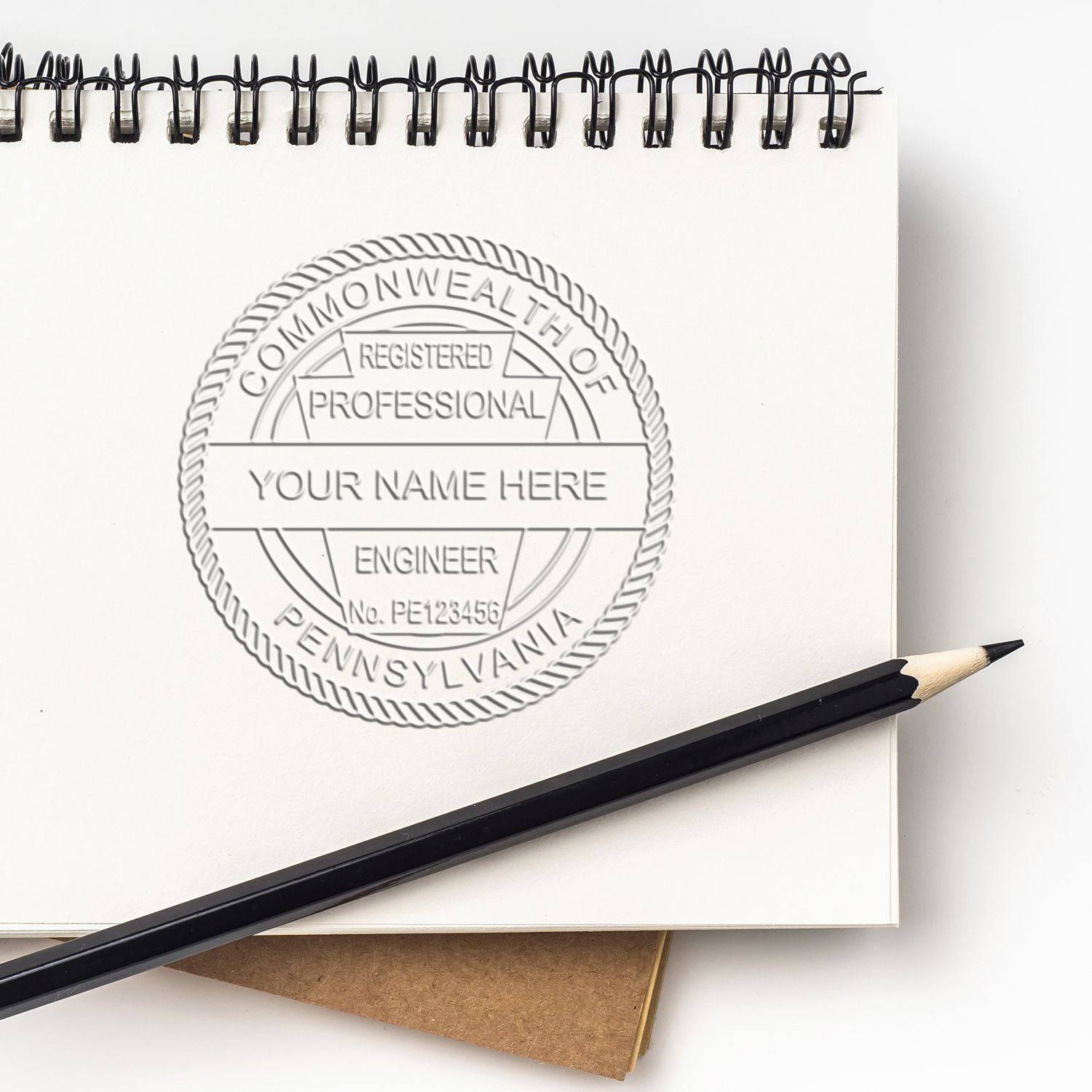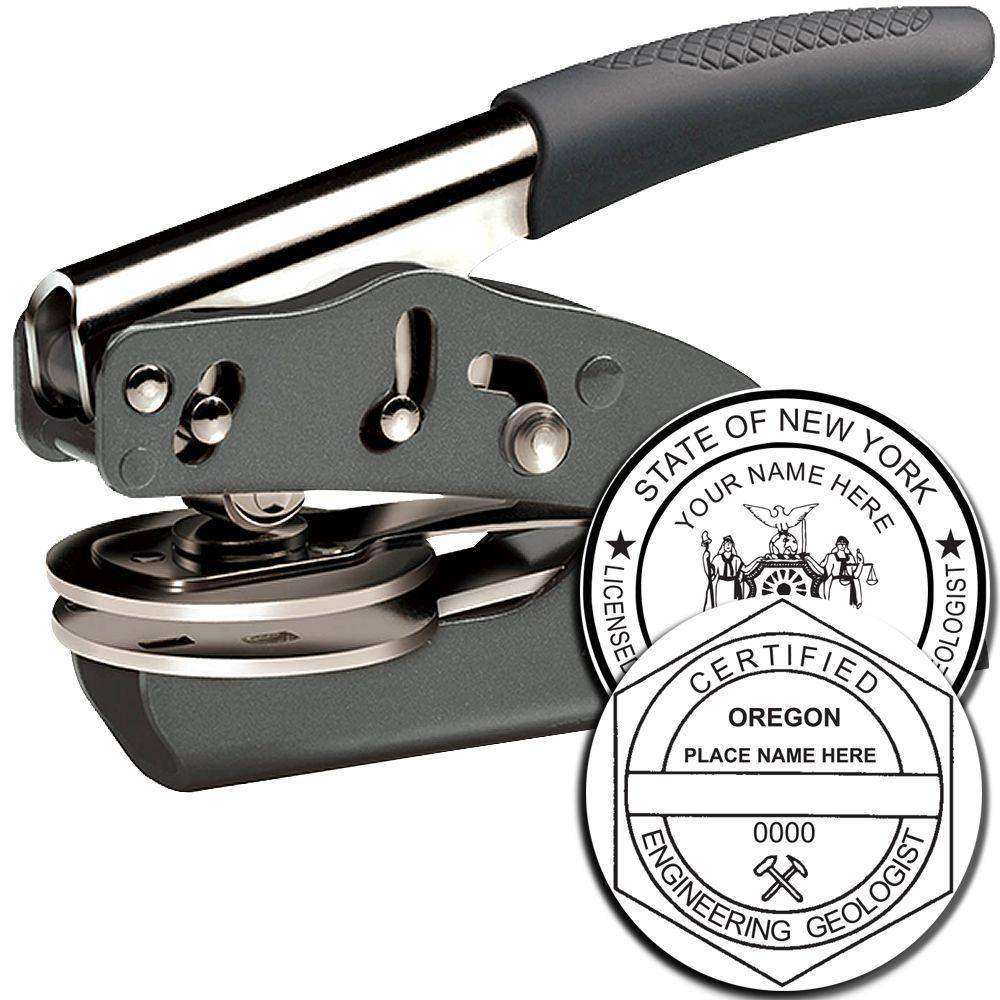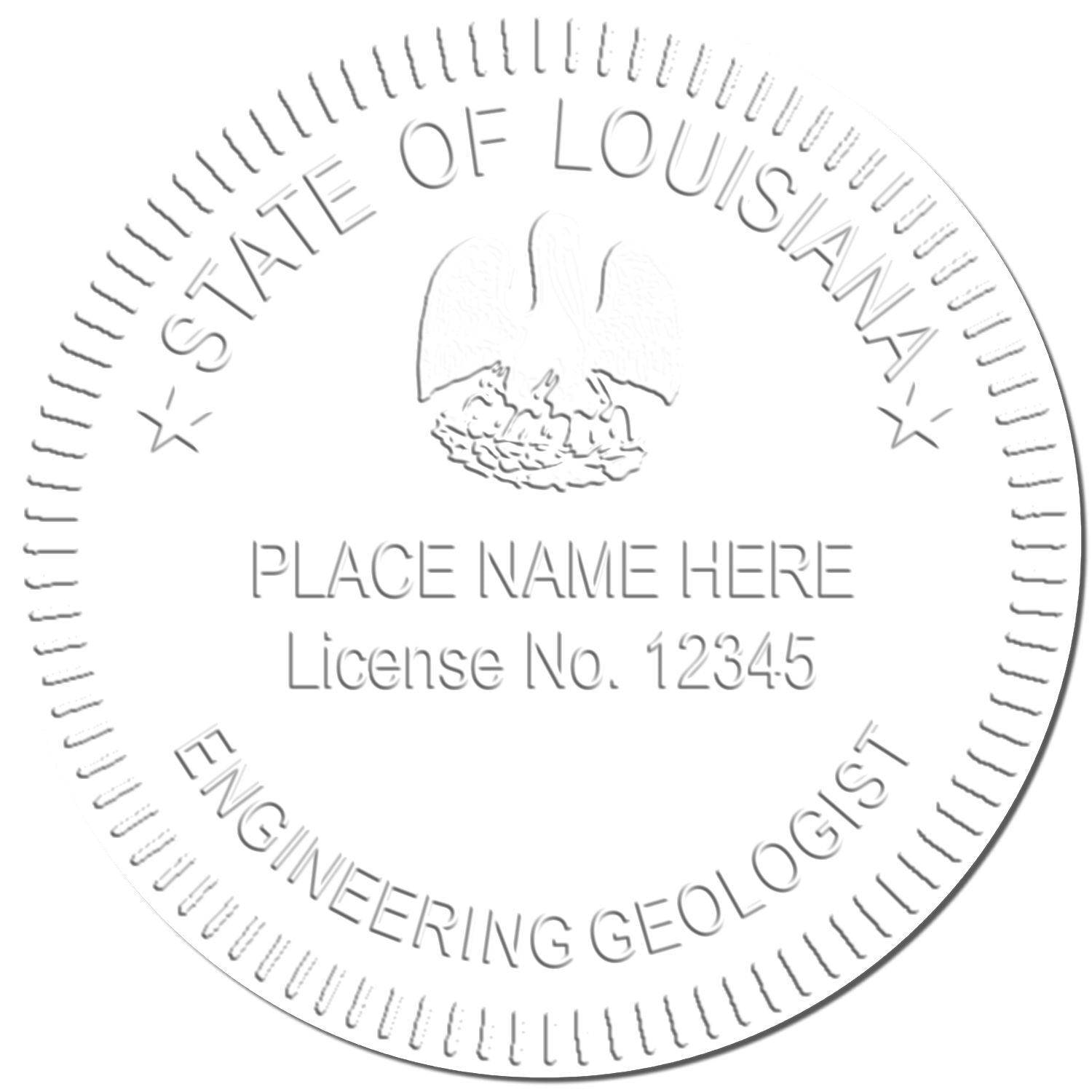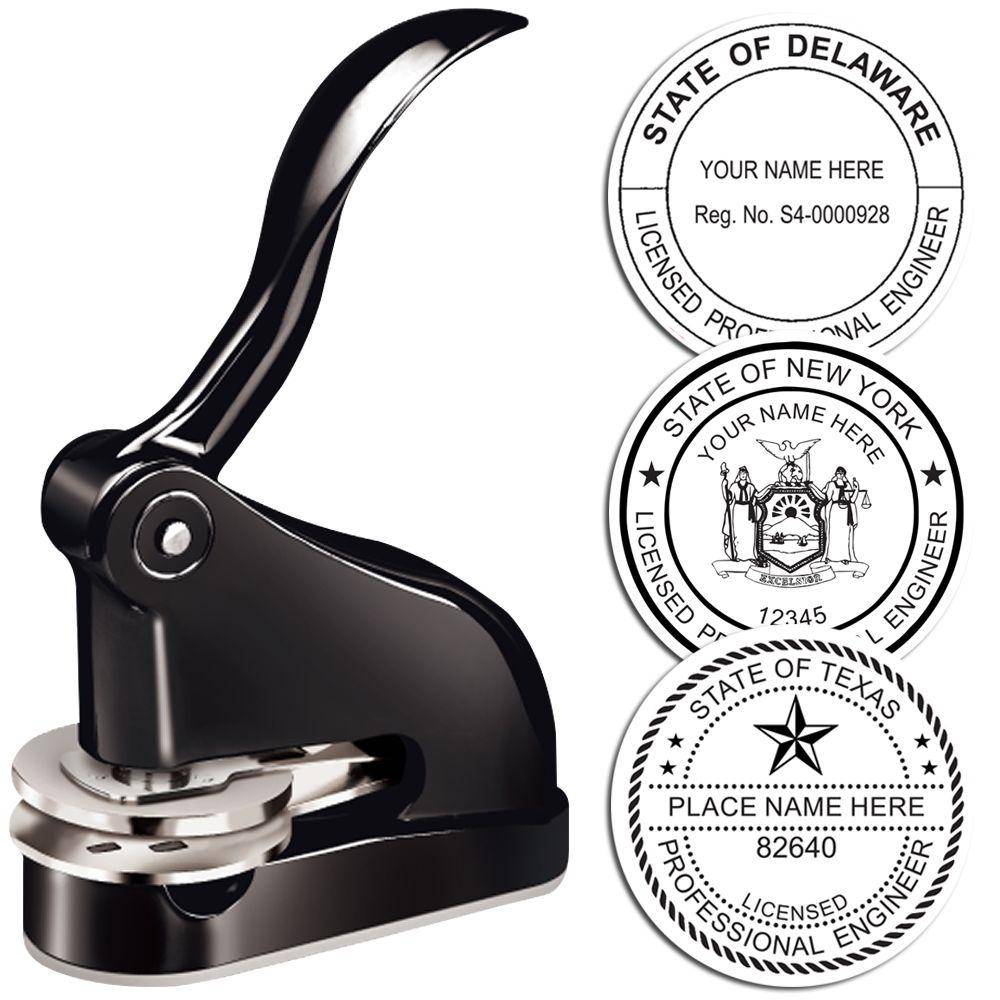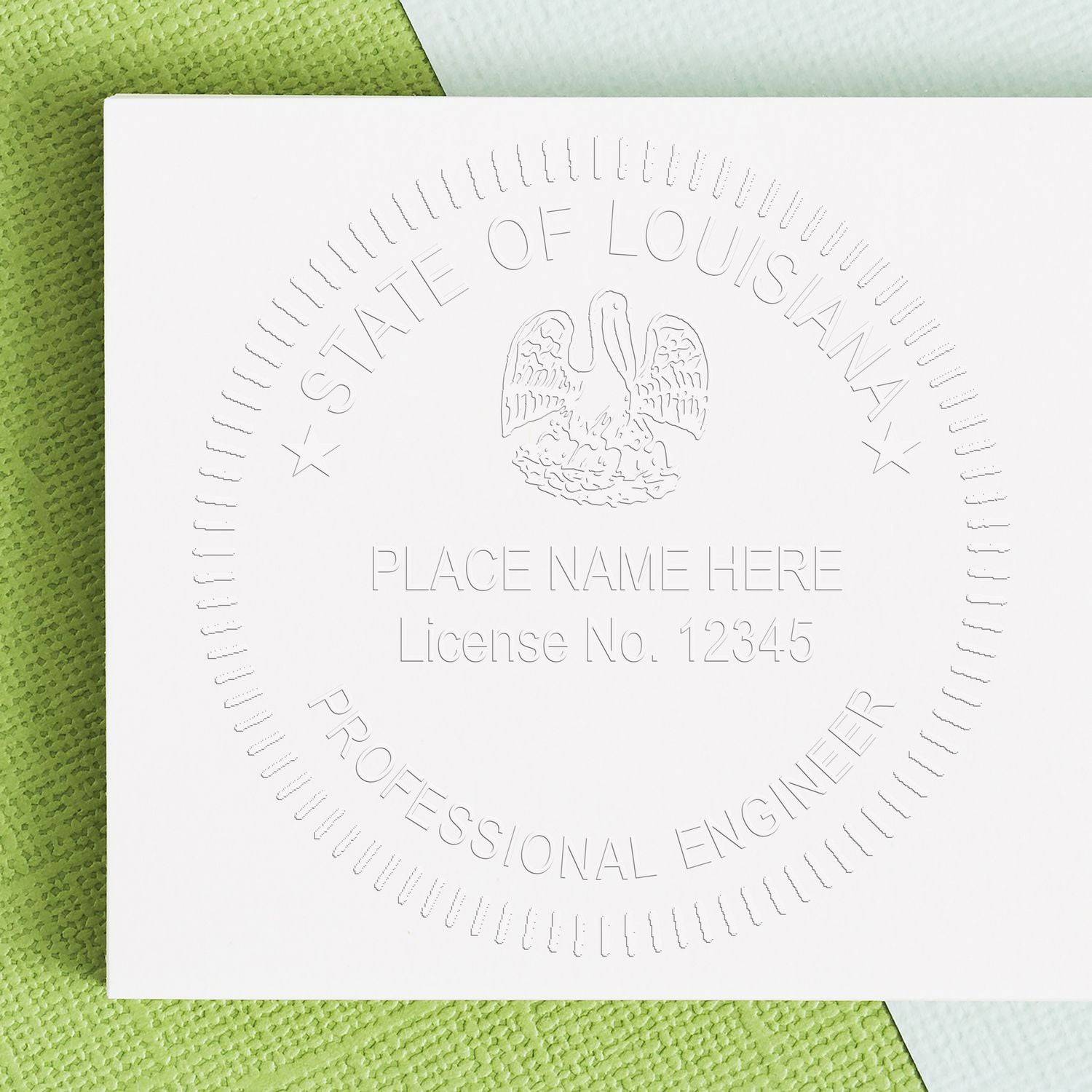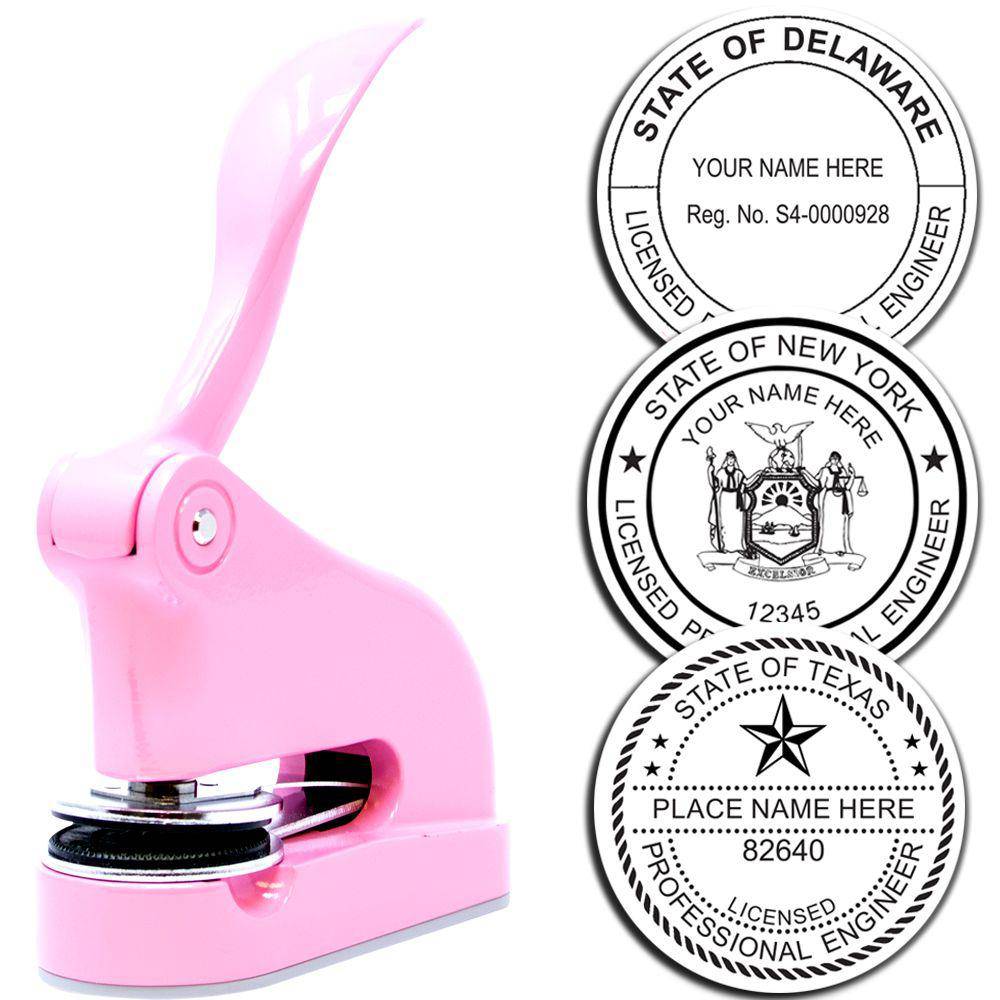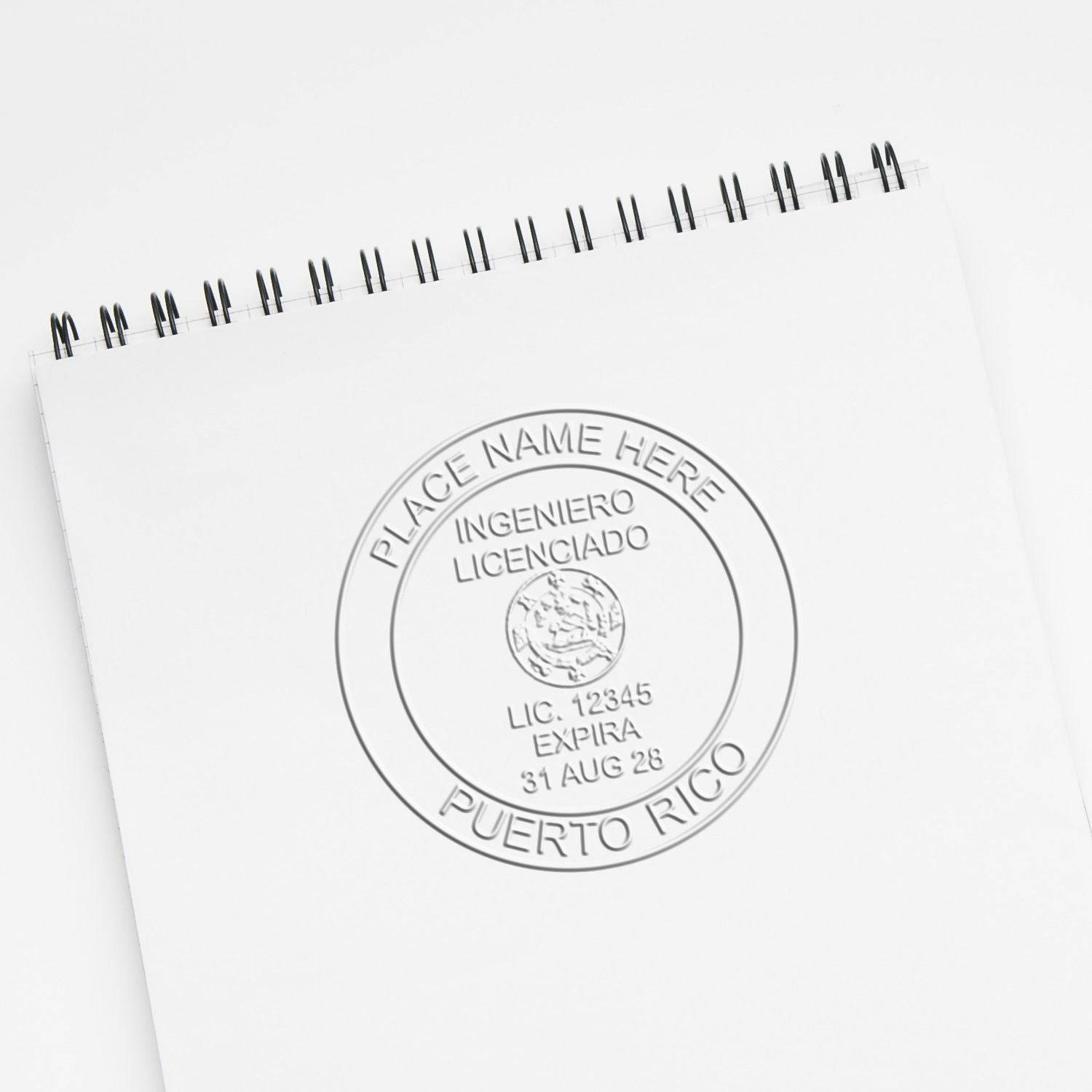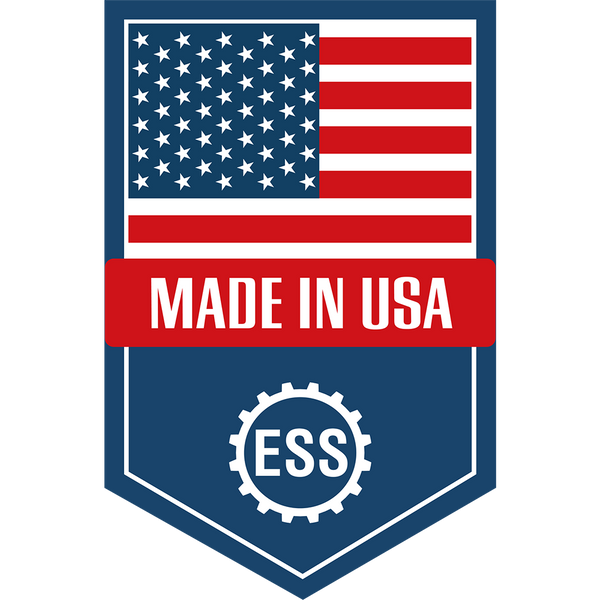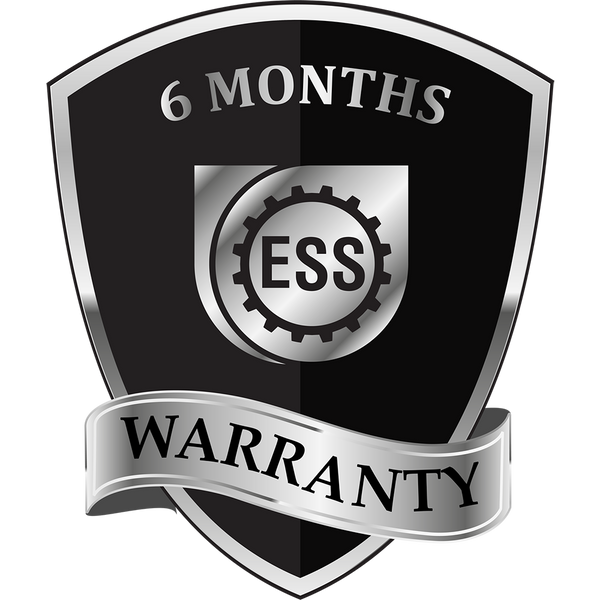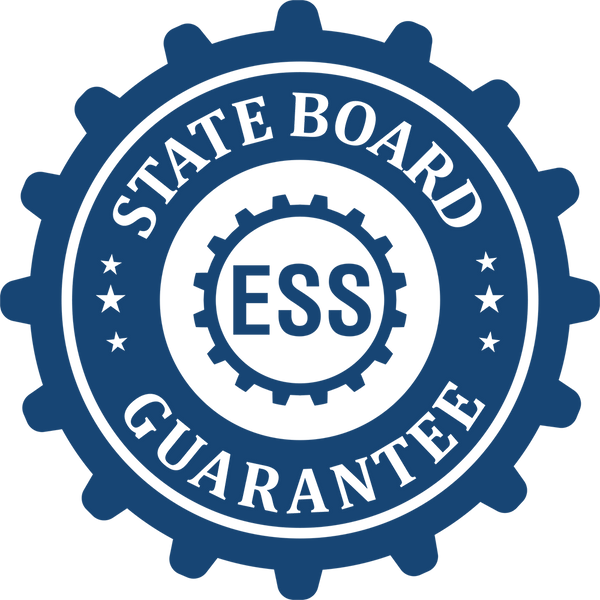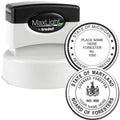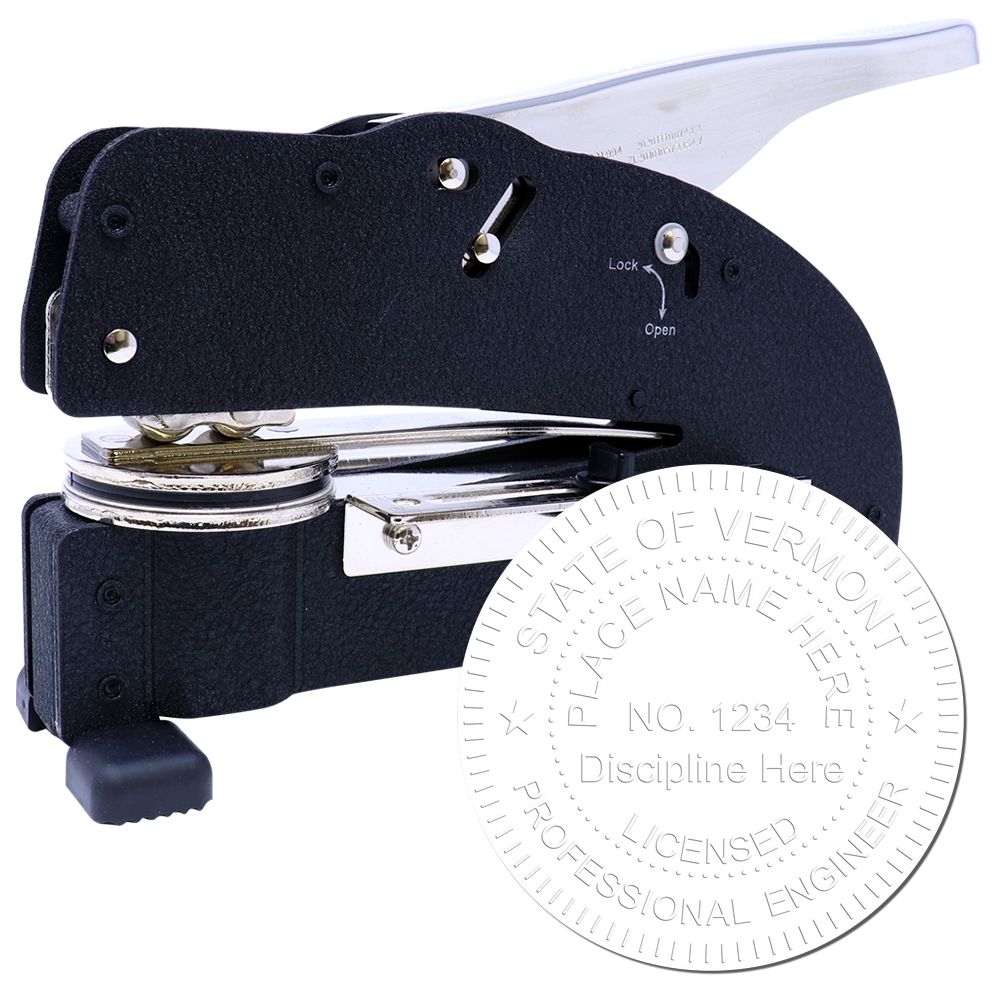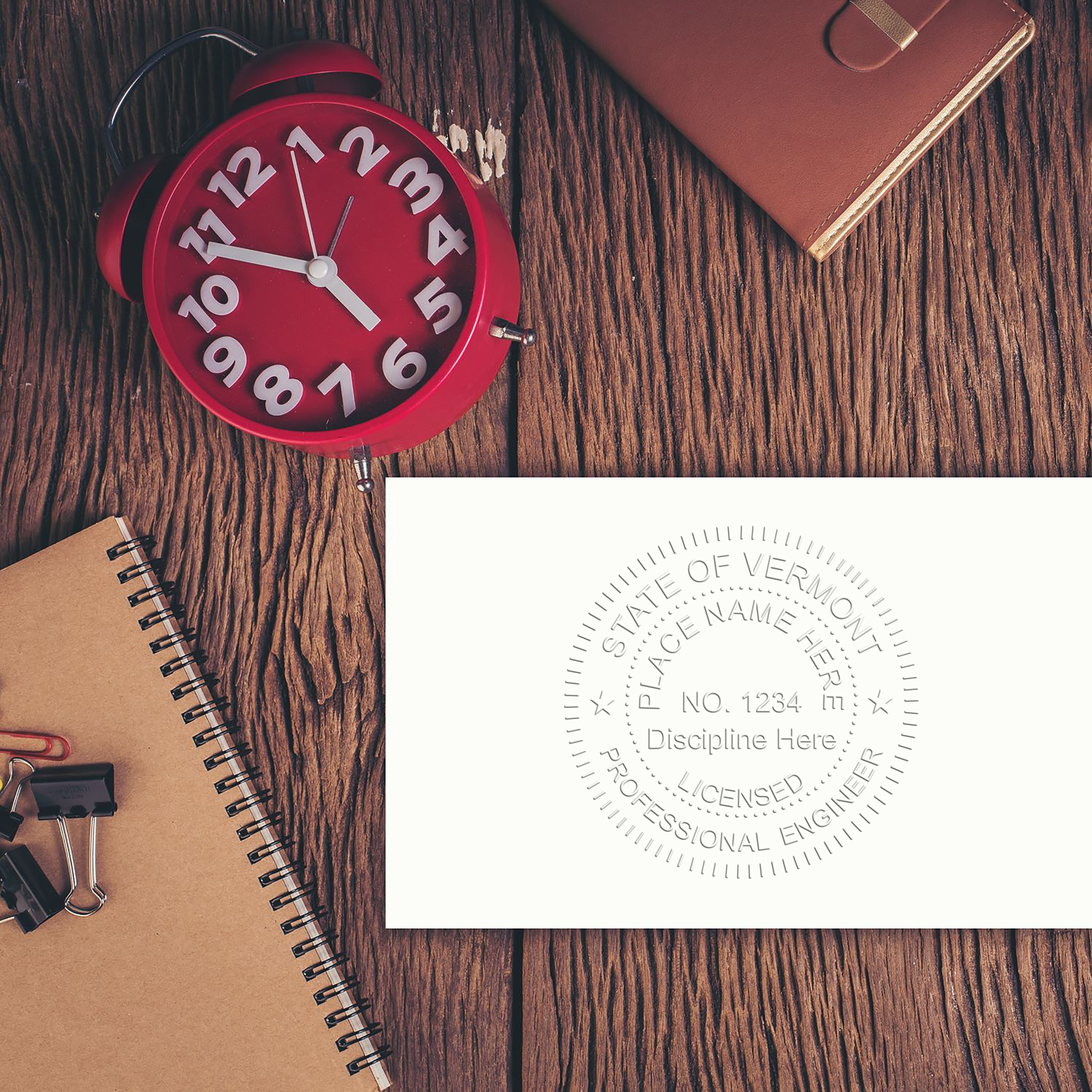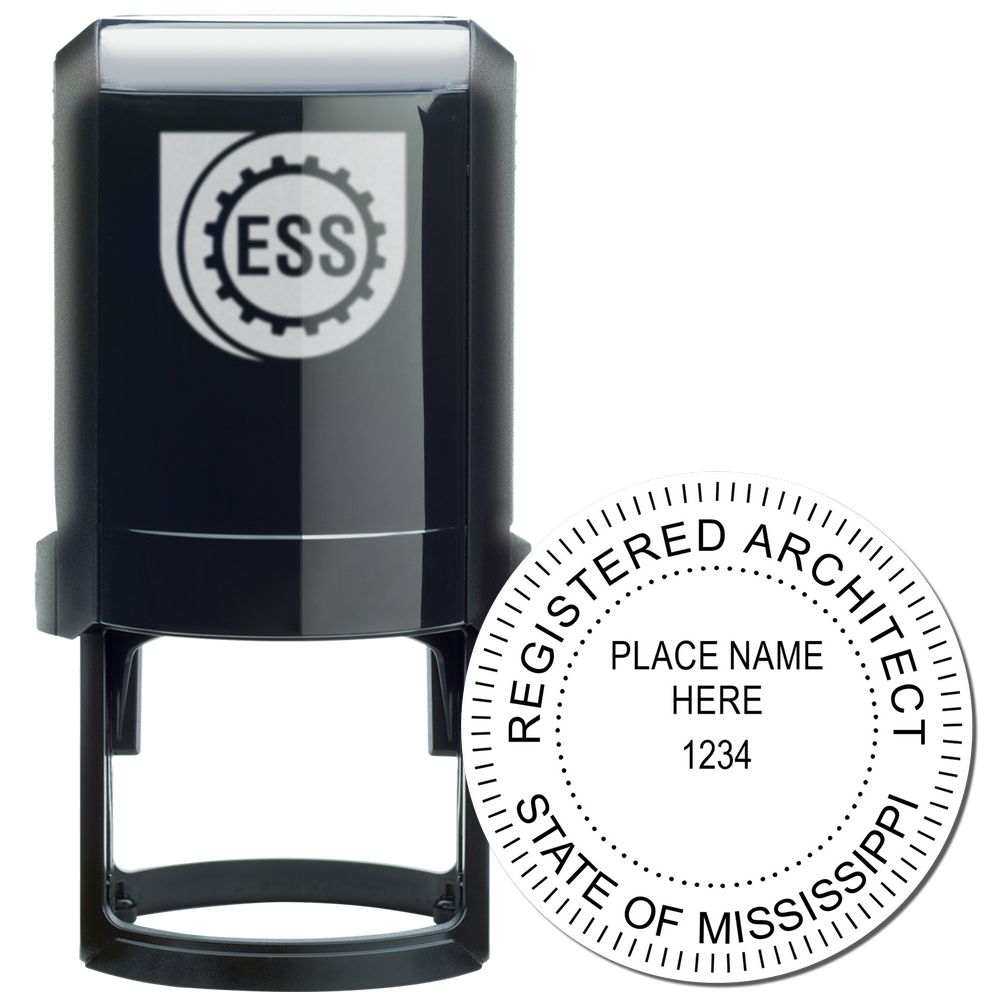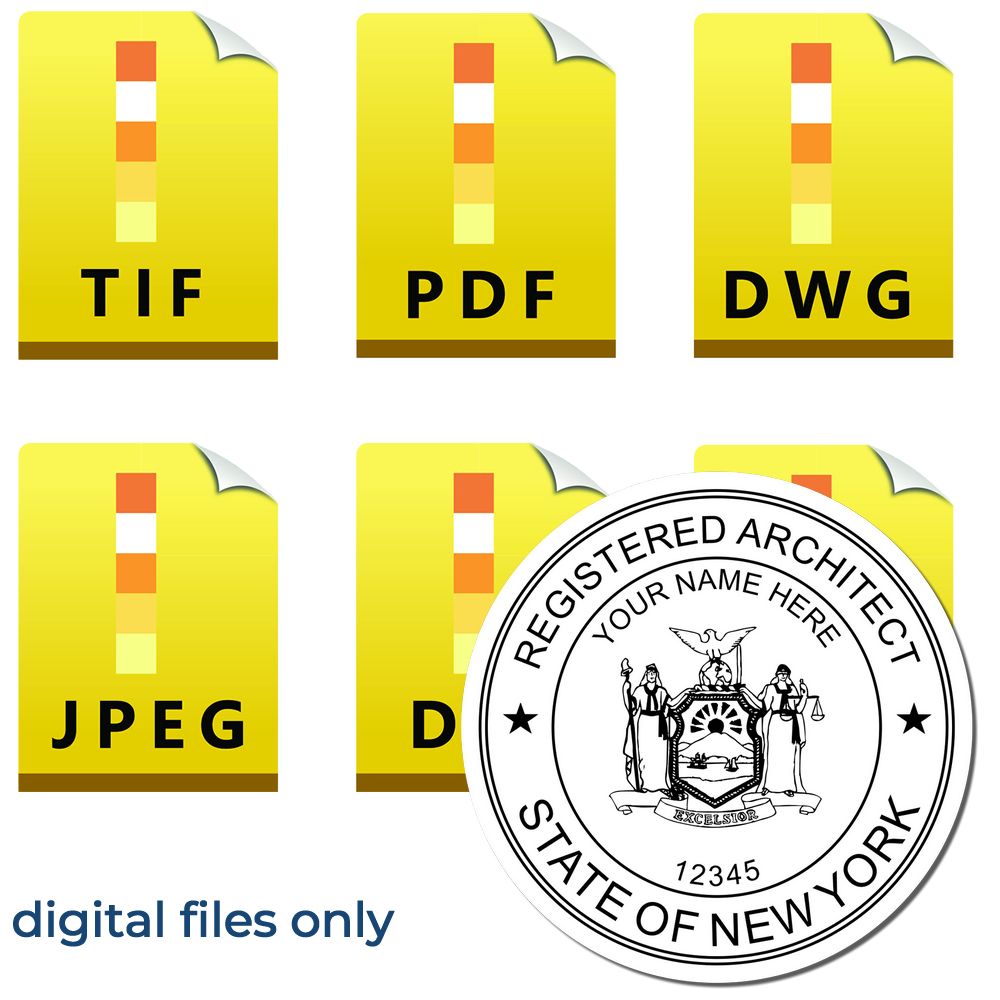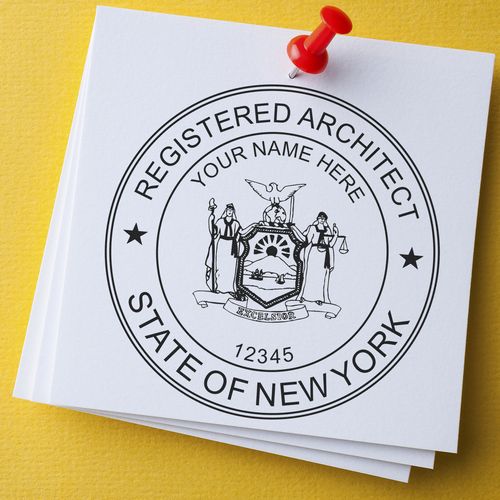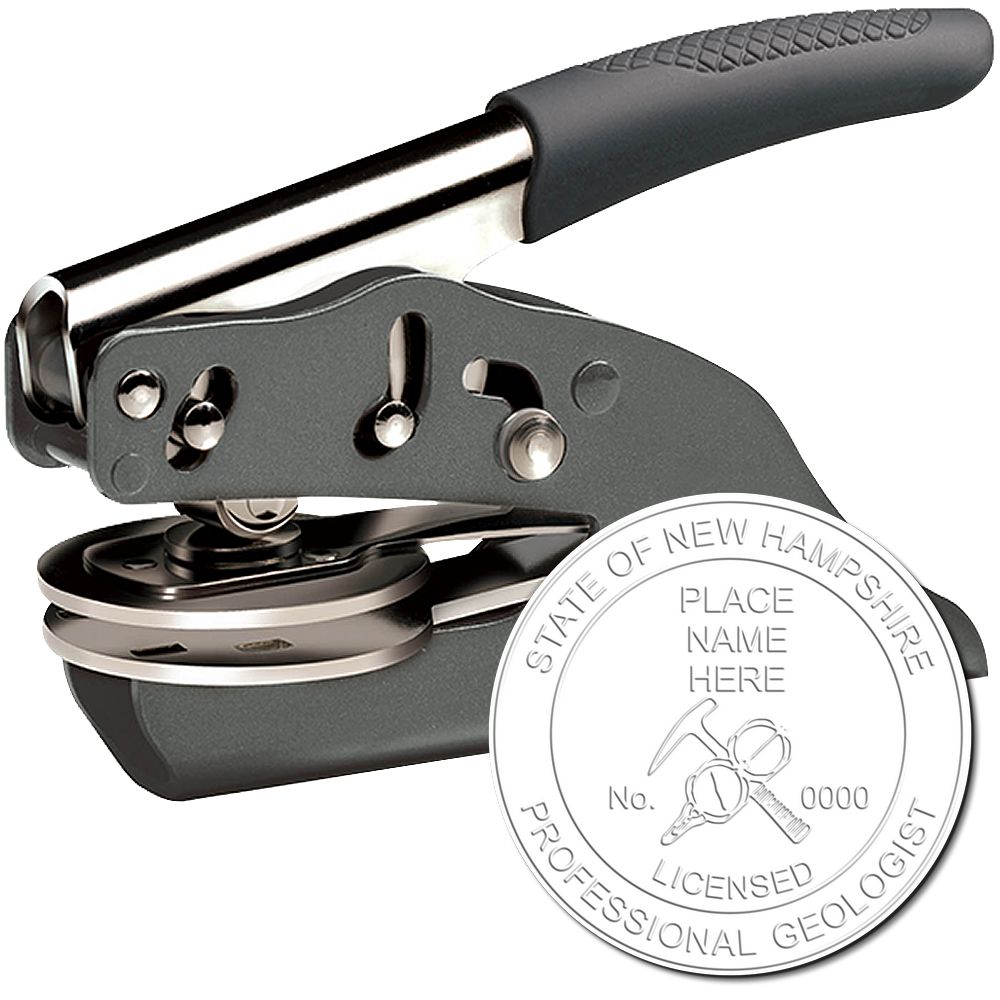Engineering Career: The Importance of Engineering Seals
In the engineering profession, engineering seals hold a pivotal role. These seals assure the standard, integrity, and accountability of engineering work. They're not just symbols, but a testament to the qualifications and legal authority of a professional engineer.
The Role of Engineering Seals
In the world of engineering, a seal is far from just an embellishment. It's a demonstration of a professional engineer's competency and adherence to established standards. An engineering seal acts as a validation of the engineer's work, signifying that it meets the required professional engineering standards.
When an engineer affixes his or her seal to any document, blueprints, or plans, it denotes that they have thoroughly reviewed the work, and it complies with the applicable codes and regulations. The seal is a mark of assurance to clients, other engineers, and public authorities that the work is safe, sound, and reliable.
To learn more about the various aspects of engineering seals, explore our detailed guide on engineering seals.
Legal Aspects of Engineering Seals
The use of engineering seals isn't just a matter of professional standards; it's also a legal requirement. In the United States, state engineering boards mandate the use of seals on engineering documents. This law ensures that only licensed professional engineers can approve engineering work, thus maintaining public safety and trust.
Violating these engineering seal guidelines can have severe legal consequences, including penalties, license suspension, or even revocation of the license. It's crucial for engineers to be aware of their state-specific guidelines concerning the use of seals.
For instance, some states require the use of an embossed seal, while others accept a rubber stamp. Some states have even moved towards accepting electronic engineering seals.
Understanding these legal aspects is an essential part of being a responsible and professional engineer. If you're seeking more information on state-specific seal requirements, visit our article on professional engineer seal requirements.
In summary, mastering the engineering seal guidelines is an integral part of an engineer's profession. It guarantees the credibility of their work, ensures legal compliance, and ultimately, safeguards public safety.
Understanding Engineering Seal Guidelines
To ensure the integrity, credibility, and legal accountability of engineering work, understanding the engineering seal guidelines is essential. It not only helps uphold the professional standards but also safeguards the public interest.
Common Guidelines for Engineering Seals
The common guidelines for engineering seals are designed to maintain a uniform standard across the engineering profession. Here are some key points that are generally applicable:
- The engineer's name, license number, and the jurisdiction (state) of licensure must be clearly stated.
- The seal should be legible and reproducible on all documents it is applied to.
- An engineer should only seal work that they have personally prepared or reviewed and approved.
- The use of the seal represents the engineer's acceptance of responsibility for the work.
- It's important to not use the seal in a misleading or fraudulent manner.
- Engineers should keep their seal secured to prevent unauthorized use.
For more information on the specific requirements and design elements of an engineering seal, refer to our article on professional engineer seal requirements.
State-specific Engineering Seal Guidelines
While there are common guidelines, it's crucial to note that each state has its own specific requirements for engineering seals. These may include:
- The size and format of the seal: Some states may require a specific diameter for the seal, as outlined in our article on professional engineer stamp size.
- The information to be included: In addition to the engineer's name and license number, some states may require the inclusion of the license expiration date.
- The method of application: Some states accept electronic seals, as discussed in our article on electronic engineering seals, while others may require a physical stamp or embossed seal.
Engineers should familiarize themselves with the specific guidelines of their licensing state. These guidelines can usually be found on the state's engineering board website or by contacting the board directly.
In summary, the engineering seal guidelines are essential to uphold the professionalism, accountability, and public trust in engineering work. By adhering to these guidelines, engineers can ensure they are correctly using their engineering seals and engineering stamps in accordance with the law and their professional obligations.
Design Requirements for Engineering Seals
Engineering seals, also referred to as engineering stamps, are essential tools for professional engineers. There are specific guidelines and requirements to be followed when it comes to the design of these seals. This section will delve into the size and format requirements and the information to be included on the seal.

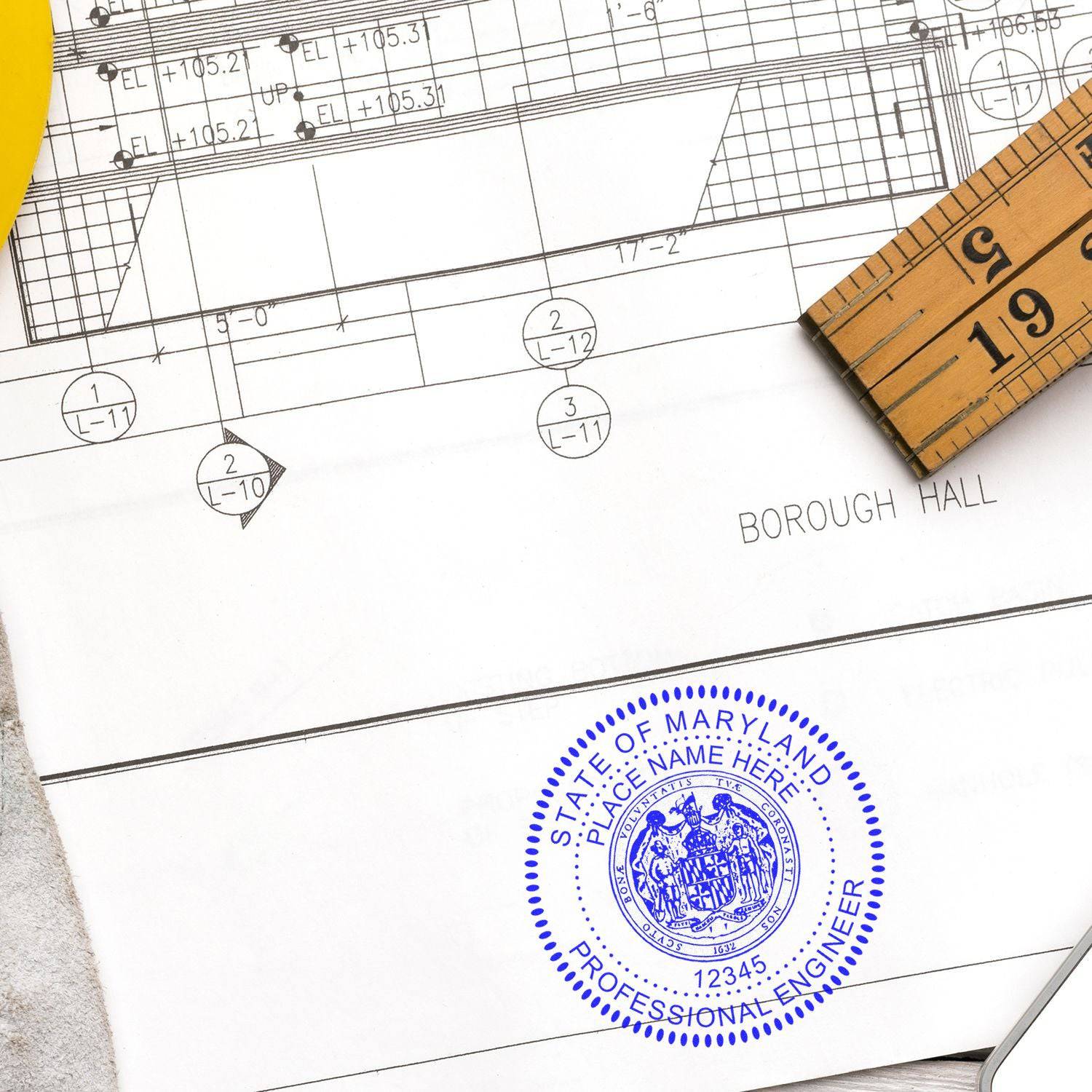
Size and Format Requirements
The size of the engineering seal needs to adhere to the professional engineer seal guidelines set by the state where the engineer is licensed. Typically, the seal's diameter ranges between 1 ½ inches to 2 inches. However, some states may have different size requirements. It's essential to check with your state's licensing board for the exact specifications. For more information on the size of professional engineer stamps, check our guide on professional engineer stamp size.
| State | Diameter |
|---|---|
| New York | 1.75 inches |
| California | 2 inches |
| Texas | 1.5 inches |
As for the format, traditional embossed seals and rubber stamps are widely used. However, many states now accept electronic seals. These electronic engineering seals must meet the same design requirements as their traditional counterparts.
Information to be Included on the Seal
The information included on the seal is crucial, as it verifies the identity of the professional engineer and their licensing state. While the exact details can vary between states, most engineering seal guidelines require the following:
- The engineer's name: This must match the name under which the engineer is licensed.
- License number: This is the unique identification number assigned by the state licensing board.
- The words "Licensed Professional Engineer" or a similar designation: This indicates the engineer’s professional status.
- State of licensure: This identifies the state where the engineer is licensed.
| Information | Example |
|---|---|
| Engineer's Name | John Doe |
| License Number | PE12345 |
| Designation | Licensed Professional Engineer |
| State of Licensure | California |
These are the basic design requirements of engineering seals. However, specific professional engineer seal requirements may vary from one state to another. It's essential to conform to these guidelines to ensure the seal is valid and legally acceptable. Misuse of the seal could lead to penalties, including fines and the revocation of professional licensure.
Using Engineering Seals and Stamps Correctly
When it comes to the use of engineering seals and stamps, understanding the correct usage is critical. There are specific guidelines for when and where to use these professional tools and potential consequences if misused.
When and Where to Use Engineering Seals
Engineering seals and stamps are used to certify and authenticate engineering drawings, plans, and reports. They signify that the work has been completed by a licensed professional engineer and meets the required standards.
In general, an engineer should use their seal or stamp on any official document that they prepare or directly supervise. This includes, but is not limited to:
- Engineering drawings and plans
- Calculations and analysis reports
- Inspection and compliance certificates
- Project specifications
However, it's important to note that the usage of engineering seals and stamps can vary by state and type of work. Engineers should familiarize themselves with the specific engineering seal guidelines in their jurisdiction to ensure correct usage.
Consequences of Misuse
Misuse of engineering seals and stamps is a serious matter that can have legal implications. This includes using the seal or stamp without proper authorization, using it on documents that the engineer did not prepare or directly supervise, or using a seal or stamp that is outdated or belongs to another engineer.
The consequences of misuse can include:
- Reprimand or warning
- Fines or penalties
- Suspension or revocation of the engineer's license
- Legal action and potential civil liability
| Misuse Type | Potential Consequence |
|---|---|
| Unauthorized use | Reprimand, fines, legal action |
| Use on unsupervised work | Reprimand, suspension of license |
| Use of outdated or another's seal | Fines, revocation of license, legal action |
Therefore, engineers must be diligent in their use of seals and stamps, ensuring they are used correctly and responsibly. This includes keeping their seal up-to-date and secure, as well as understanding when and where it should be used based on state laws and professional guidelines.
For more information on the requirements for engineering seals and stamps, visit our articles on professional engineer seal requirements and professional engineer stamp size.
Keeping Your Seal Up-to-date
In line with the engineering seal guidelines, it's vital for professional engineers to maintain their seals and stamps updated. This involves adhering to the renewal process and knowing how to handle instances of lost or stolen seals.
Renewal and Update Process
The renewal process for engineering seals typically involves submitting a renewal application to the licensing board in your state. Most states require engineers to renew their licenses, and consequently their seals, every two years. However, this can vary from state to state, so be sure to familiarize yourself with your state's specific guidelines.
During the renewal process, you may need to provide proof of continuing education or professional development hours. Make sure to keep track of these hours and have the necessary documentation ready when you apply for renewal.
In addition to renewing your seal, you should also update it if there are any changes to your personal or professional information. This includes changes to your name, license number, or the expiration date of your license.
| State | License Renewal Frequency |
|---|---|
| California | Every 2 years |
| New York | Every 3 years |
| Texas | Every 2 years |
Handling Lost or Stolen Seals
If your engineering seal is lost or stolen, it's crucial to take immediate action. First, notify the licensing board in your state about the incident. They may require you to submit a police report or other documentation to verify the loss or theft.
Next, order a replacement seal as soon as possible. While waiting for your new seal, you may be able to use a temporary seal or digital seal, depending on your state's regulations.
Remember, it's essential to safeguard your engineering seal at all times. Unauthorized use of your seal can lead to serious consequences, including disciplinary action and potential legal ramifications.
For more information on using engineering stamps and engineering seals correctly, refer to our articles on these topics. If you have any specific queries about the professional engineer seal requirements or professional engineer stamp size, you can find detailed information in our resources. Alternatively, for those considering digital options, we also provide a guide on electronic engineering seals.
FAQs about Engineering Seals
As you navigate your engineering career, you may have several questions about engineering seals and their usage. This section answers some of the most frequently asked questions about engineering seal guidelines.
What happens if I use my seal incorrectly?
Incorrect use of an engineering seal can have serious consequences. Misuse can include actions like sealing documents you did not prepare or review, using an outdated seal, or using the seal on documents that are not within your area of expertise.
Typically, the consequences for misuse can range from professional reprimand to legal penalties. In severe cases, it can lead to license suspension or revocation. Therefore, it's important to always follow the professional engineer seal requirements and guidelines for correct usage.
What is the process to get a new seal?
Obtaining a new engineering seal usually involves the following steps:
- Be licensed as a Professional Engineer (PE) in your state.
- Contact the licensing board or a reputable vendor to order the seal.
- Provide necessary information like name, license number, and discipline.
- Pay the required fee.
The specific requirements may vary by state, so be sure to check the regulations in your area. More detailed information can be found in our articles on engineering stamps and engineering seals.
Is it possible to use a digital seal?
Yes, it is possible to use a digital seal in many jurisdictions. Digital or electronic engineering seals have the same legal standing as traditional physical seals. They're often used for electronic document signing and offer a more efficient and sustainable option.
However, the acceptance of digital seals can vary by state and by recipient, so always check the local regulations and recipient requirements before usage. For more information about digital seals, refer to our article on electronic engineering seals.
Remember, whether you're using a physical or digital seal, it's crucial to adhere to the engineering seal guidelines to maintain the integrity of your professional practice.
About ESS
ESS is a leading manufacturer in the industry specializing in top-notch custom rubber stamps, professional seals and notary stamps. Our team of experts has hands-on experience in manufacturing premium-quality products that have consistently met the high standards of our customers. Our primary goal is to provide the best customer experience by rendering stellar customer service, timely delivery, and meeting every specific requirement of our clients.
We take pride in the durability and long-lasting performance of our products which are backed by a state-board guarantee, ensuring that our clients can rely on our products with complete peace of mind. We also offer a quick turnaround on all our products, ensuring that our clients receive their orders promptly. At ESS, we understand the importance of standing out amongst the competition and showcasing professionalism. That's why we don't compromise on the quality of our products. We use the latest technologies and manufacturing techniques to develop products that are durable and long-lasting. With over 50 years of experience in the industry and a team of experienced and qualified professionals, ESS has set a benchmark in the market for providing premium-quality custom rubber stamps, professional seals and notary stamps. We are committed to maintaining our standard and continuously strive to raise the bar.

